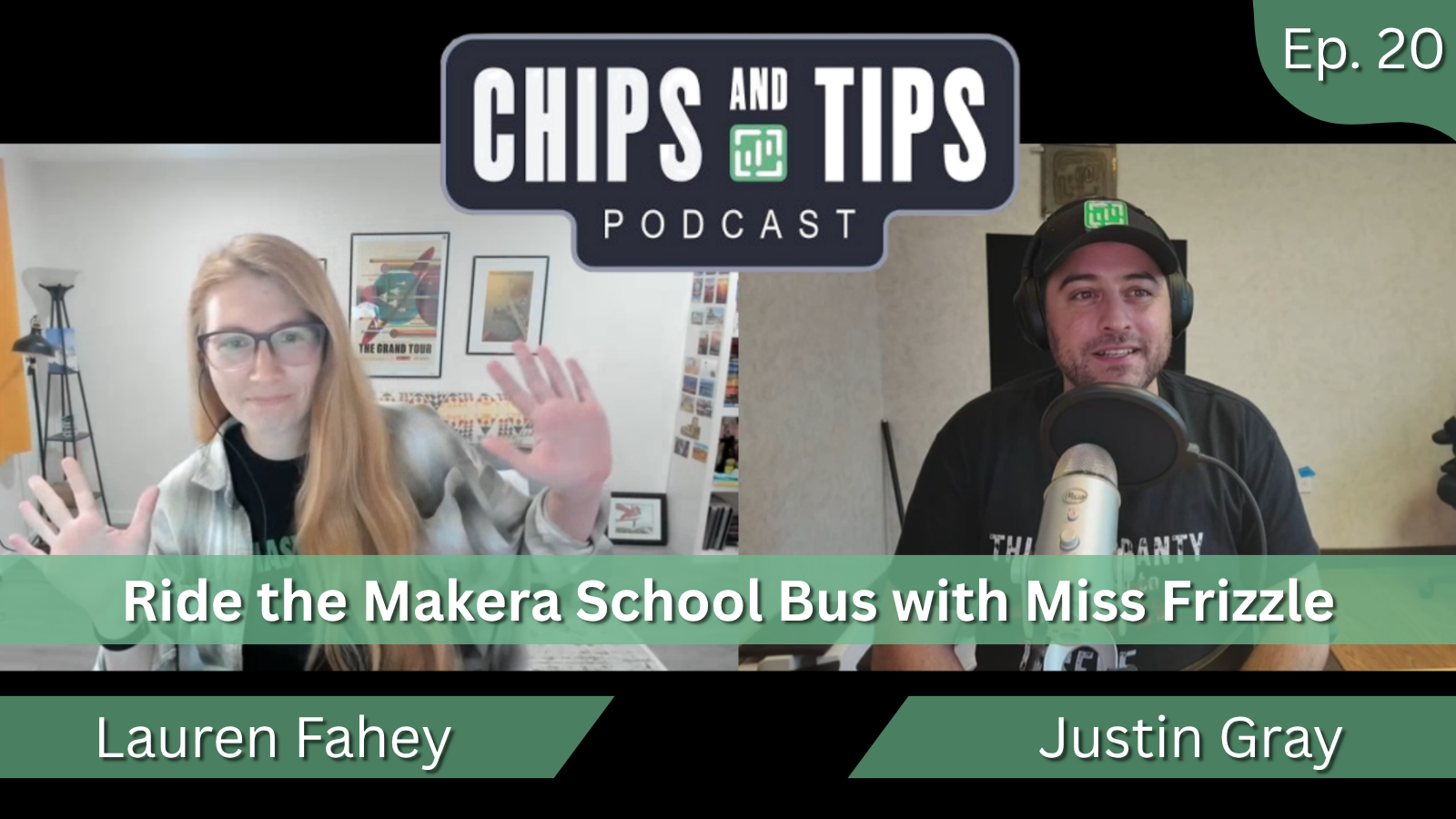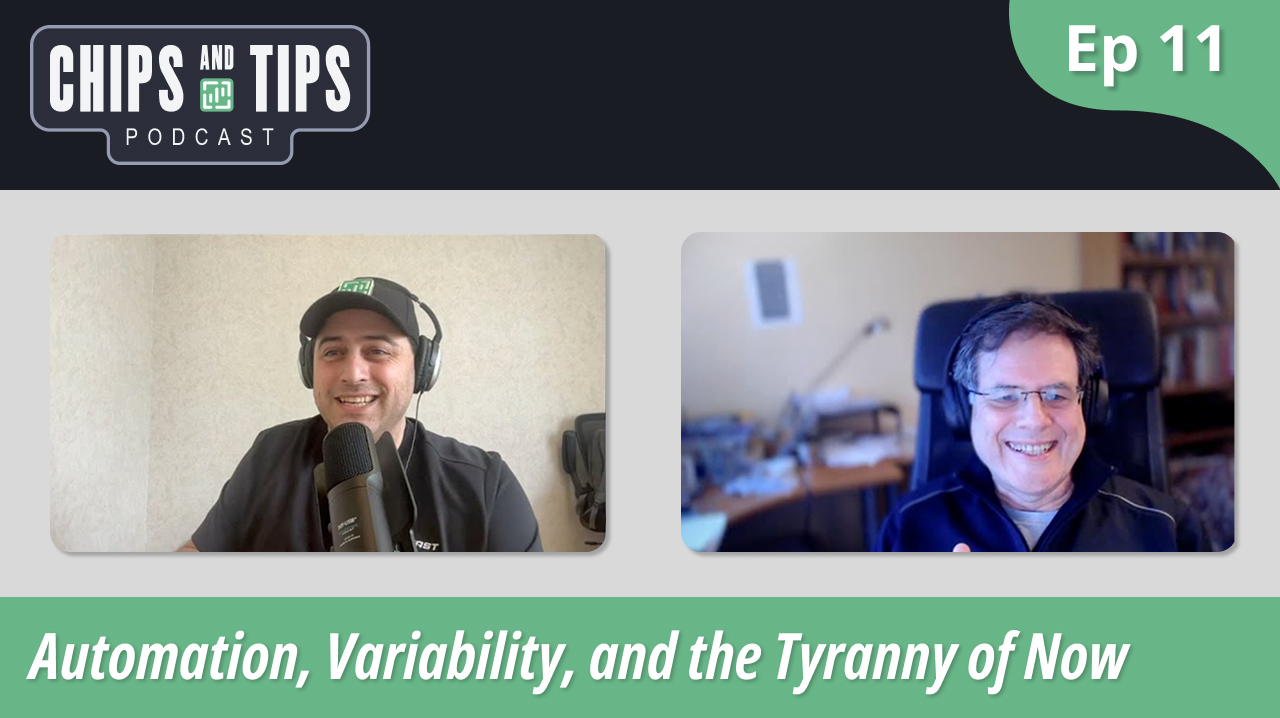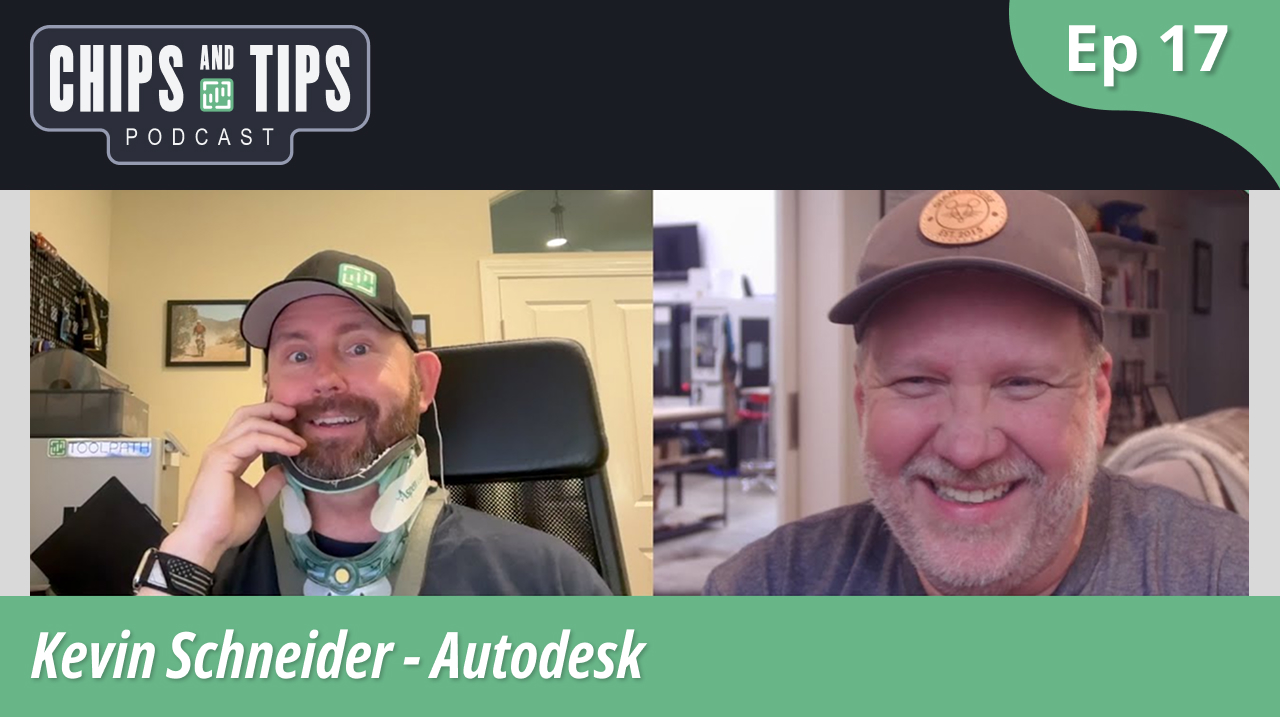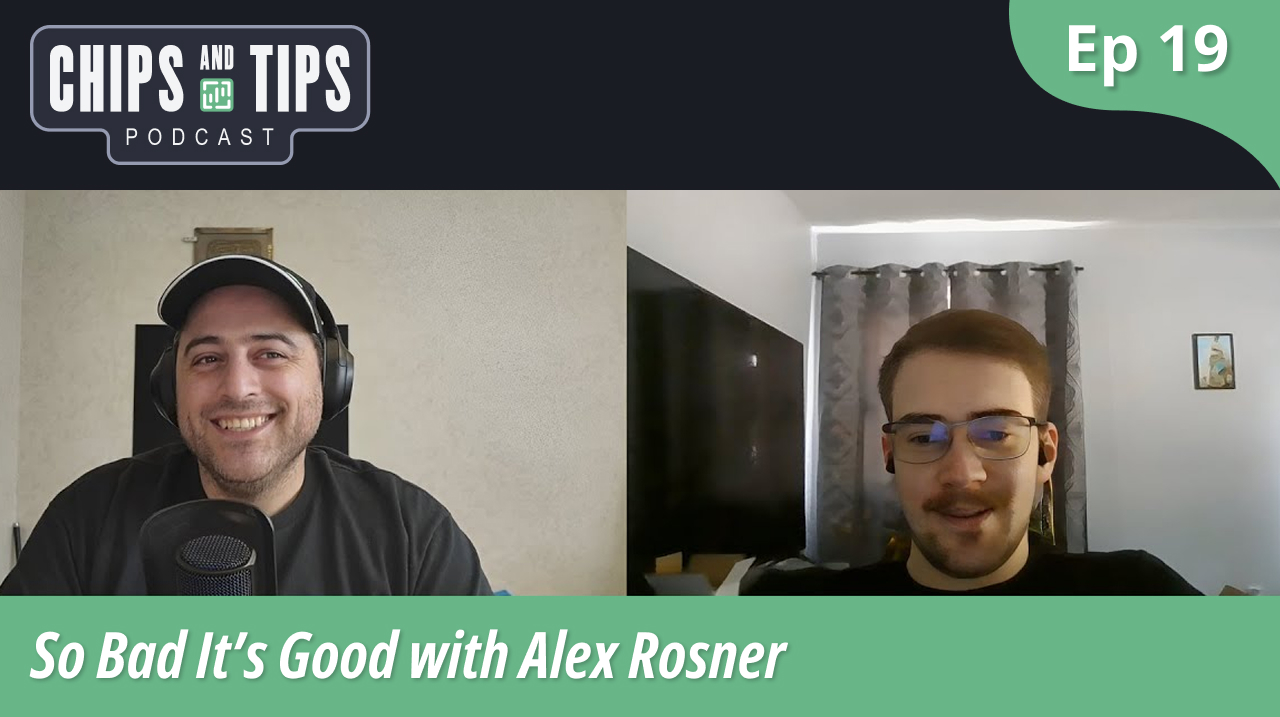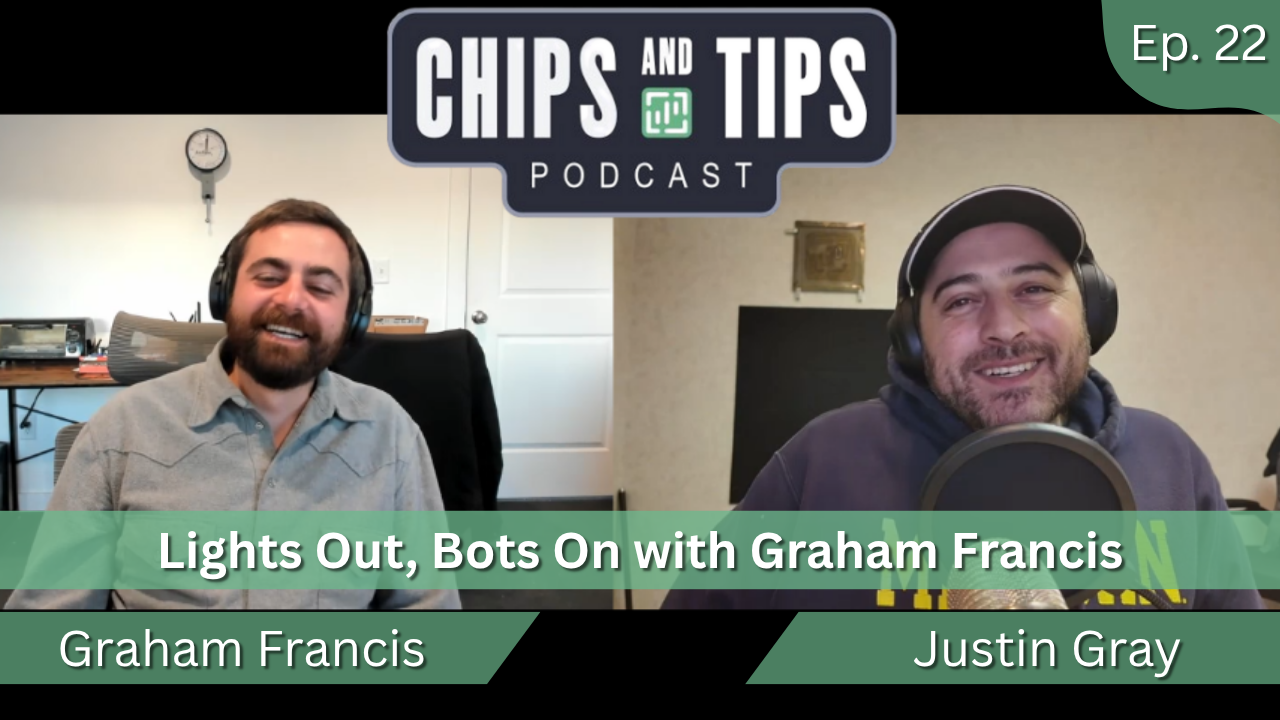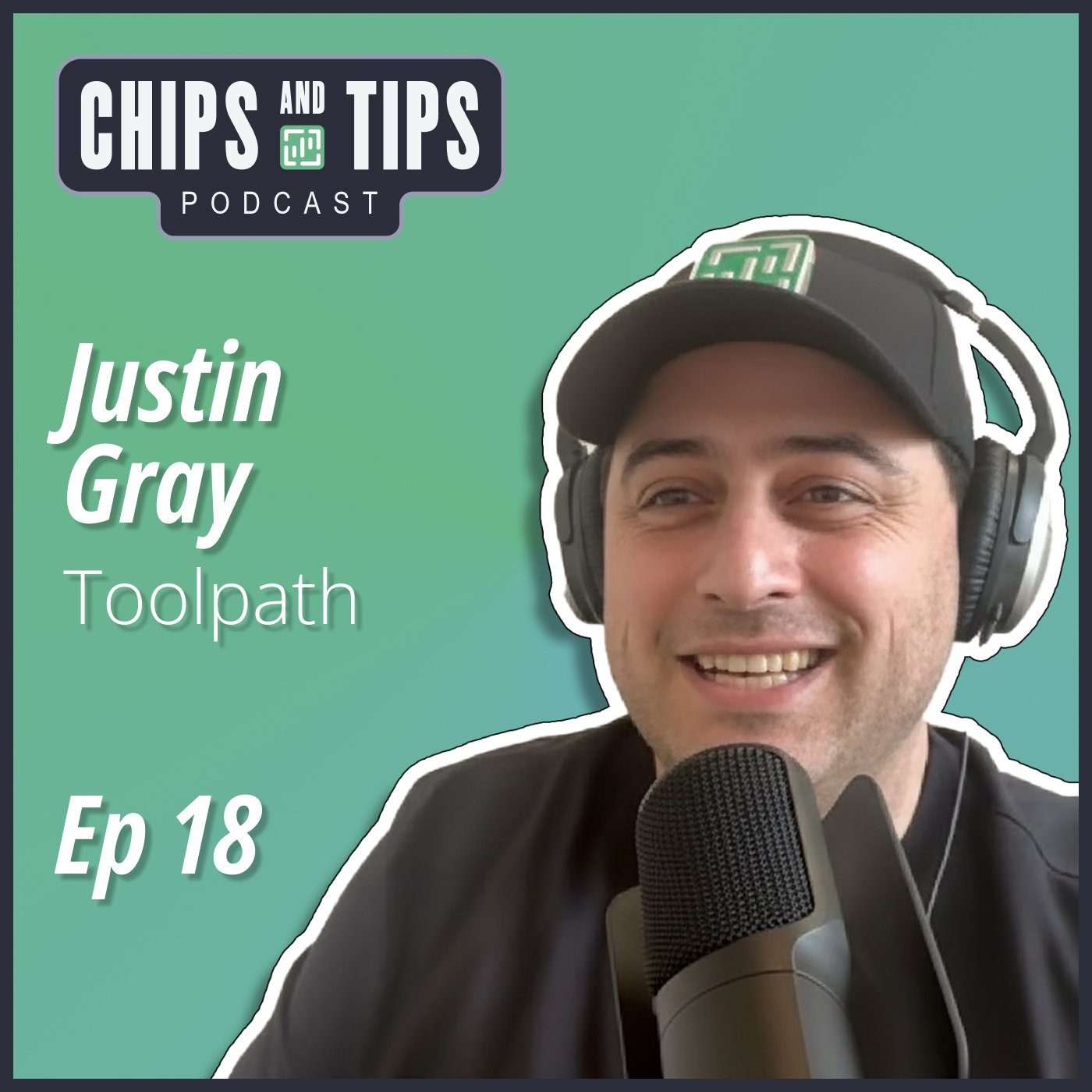
Toolpath CTO and co‑founder Justin Gray joins Chips and Tips for a candid conversation that runs from a decade and a half at NASA to crashing first parts, writing adaptive toolpaths from scratch, and why pressing the green button never stops being scary. We dig into fail‑fast engineering, shop setup choices like five axis and spindle‑gripping automation, and how AI CAM will change what gets made, and who makes it.
Shake and Bake with Justin Gray episode summary
After 18 years at NASA, Justin Gray did something counterintuitive. He left a successful research career, where he helped bring optimization out of the ivory tower and into real airplane design, to automate CAM for everyday shops. In this episode, he unpacks that path, from a 2020 garage plan with co‑founder Andy to early Toolpath prototypes that proved AI could learn to think like a machinist.
Software people do not understand how scary it is to press the green button.
Justin talks openly about failure as a skill. His keynote, “How to Succeed at Optimization by Failing All the Time,” was not bravado. It captured a practice he used for years at NASA, and still uses at Toolpath. Stop early when a path is not working, keep what you learned, and try the next approach. He connects that mindset directly to the shop floor, where the right move is often to switch from tabs to a second op, or to choose soft jaws to control risk.
I fail all the time and I stop what I’m doing and change direction.
The early Toolpath years were hands‑on. Justin remembers powering up a 5,000 lb Syil in his garage, learning the control from a couple of YouTube clips, and then plowing a drill into a fixture plate. He and the team spent over a year coaxing a clean Lego brick out of AI‑generated toolpaths, even experimenting with homegrown adaptive strategies. Those scrappy iterations shaped how Toolpath now reasons about machinability, cycle time, and process reliability.
If he were starting a shop tomorrow, Justin would pick a 5-axis first, then add a three‑axis for efficiency. He would invest in automation right away, especially spindle gripping, so one person can keep multiple spindles fed. He also shares a pragmatic take on markets. There is real money in ITAR and CMMC work, but the paperwork is heavy, and cash‑flow risk is real, so consider accounts receivable insurance before chasing Big Aerospace logos.
If you’re just in it for the money, then figure out how to get ITAR certified CMMC.
Zooming out, we talk about why AI plus automation will reshape roles in manufacturing, and how Toolpath is building for that future. The goal is not magic. It is a reliable, auditable workflow that helps you decide if a part is profitable with your tools, shows how to make it, and gets you from estimate to machining in minutes. That is how shops close the productivity gap, quote confidently, and program consistently.
Watch 'Shake and Bake'
Similar Blog Posts

Episode 13 - Template My Template with Garrett Wade | Chips and Tips Podcast
